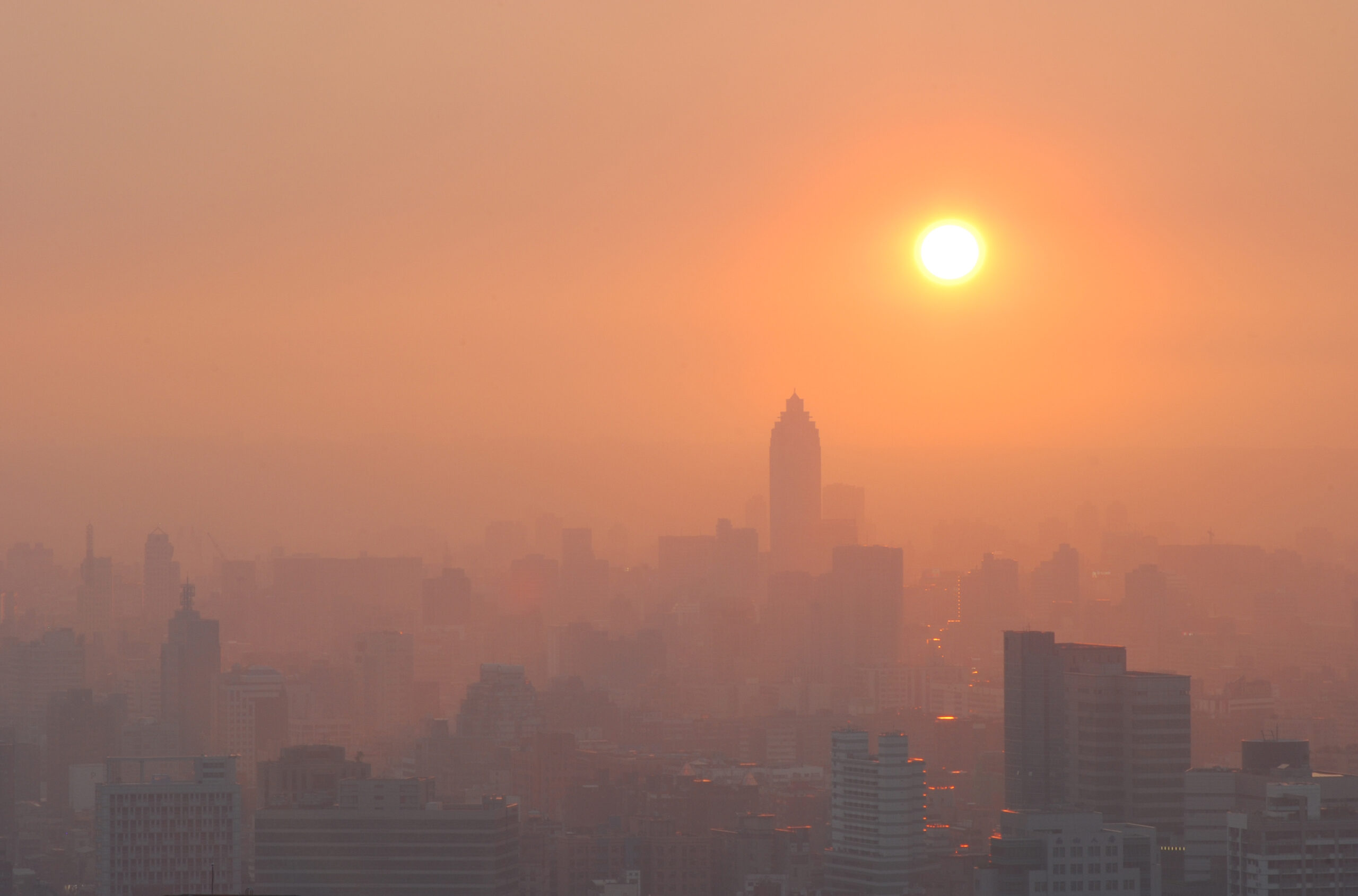Michigan faced two unprecedented events as a result of Canadian wildfires: the first Action Day advisory for any pollutant in the Upper Peninsula and the first Action Day advisories for fine particulates across most of the lower half of the Lower Peninsula. Additionally, an unrelated Action Day advisory for ozone occurred in April.
The Michigan Department of Environment, Great Lakes, and Energy (EGLE) actively responded to media inquiries, including their first prime-time TV interview, while engaging over 100,000 people through social media posts.
This emphasized the importance of protecting public health and the environment while countering misinformation. The incident underscored the connection between climate change and extreme heat, which exacerbates dry periods, increases fire risk, and impacts air quality.
Michigan urged citizens to take part in near- and long-term climate action, highlighting the necessity of the MI Healthy Climate Plan. EGLE and the Michigan Department of Health and Human Services provided resources to the public. Those resources and tips are:
How to sign up for alerts:
You can sign up for alerts through the EnviroFlash system. This subscriber system allows you to choose the area you would like to get alerts for. The system will send the alert directly to your email or send you a text message.
The Air Quality Index:
The Air Quality Index, or AQI is a color-coded way for residents to see what the levels of some types of air pollution are in their area. The higher the AQI, the worse the air quality is and the more cause for concern.
Currently the AQI for particulate matter (PM) is high in many parts of Michigan and the eastern US due to smoke and fires in the US and particularly in parts of Canada. The AQI is used for several major pollutants including ground-level ozone and particulates.
Protecting your health during smoke events:
The US Environmental Protection Agency (US EPA) has stated, “Most healthy adults and children will recover quickly from smoke exposure and will not have long-lasting health effects. But people with chronic diseases, such as asthma, other lung disease, or cardiovascular disease are at greater risk of experiencing more severe health effects. Children, pregnant people, and people over 65 also are more vulnerable to health effects from smoke exposure. Limit your outdoor exercise when it is smoky or choose lower-intensity activities to reduce your smoke exposure. When indoors, take steps to keep your indoor air cool and clean. For more tips, see When smoke is in the air.
MDHHS has advised the following:
For people with heart or lung disease, older adults, children, and teens it is suggested to take the following steps to reduce exposure:
- Avoid strenuous outdoor activities.
- Keep outdoor activities short.
- Consider moving physical activities indoors or rescheduling them.
For everyone else:
- Choose less strenuous activities (like walking instead of running) so you don’t breathe as hard.
- Shorten the amount of time you are active outdoors.
- Be active outdoors when air quality is better.
Follow MDHHS on social media for the most recent health and safety information:
- Michigan Department of Health and Human Services | Facebook
- Michigan HHS Dept (@MichiganHHS) / Twitter
Additional helpful resources:
These resources may be helpful to you if you are looking to learn more about air quality in your area, specifically around wildfires and smoke impacts.


